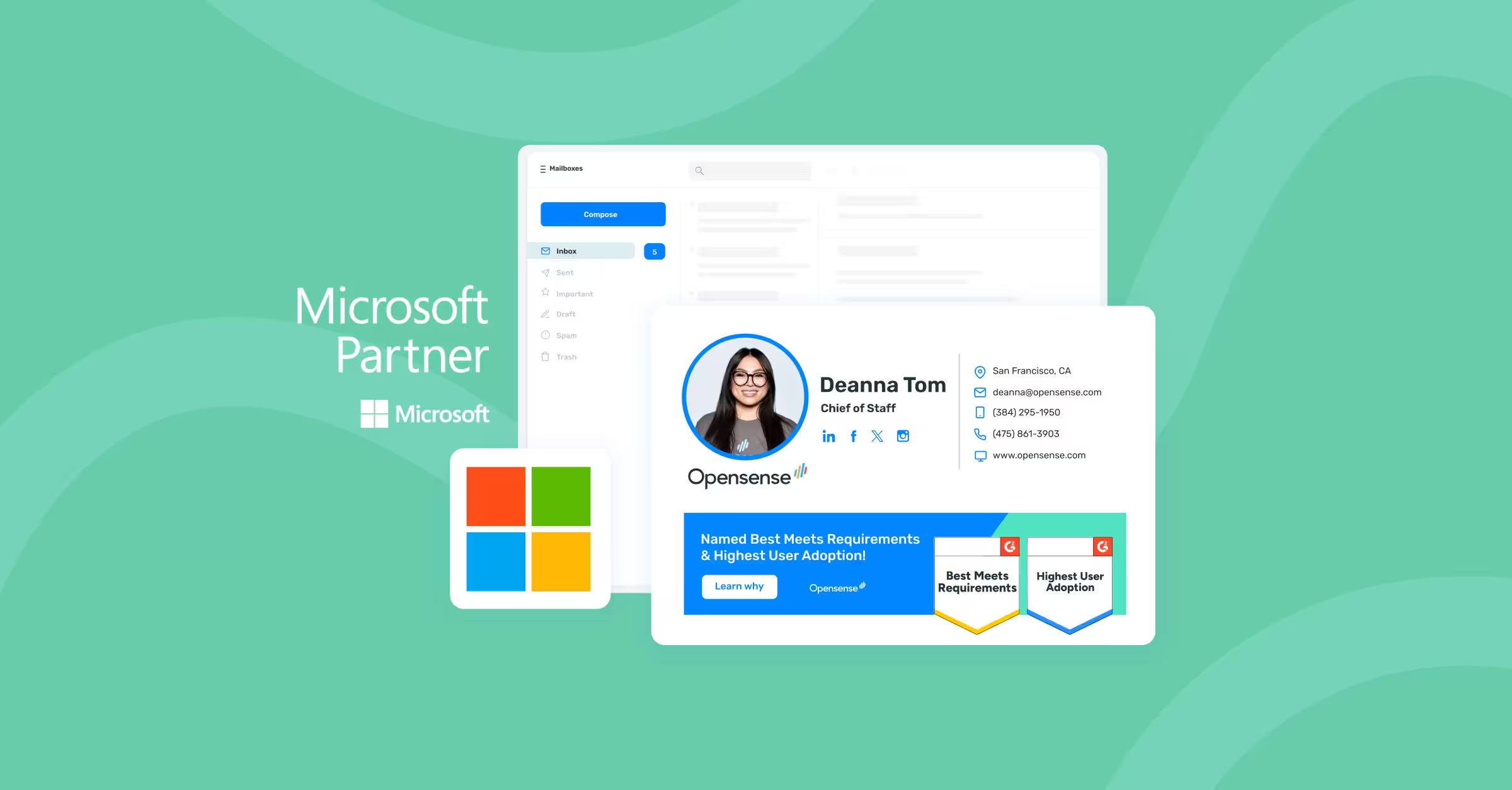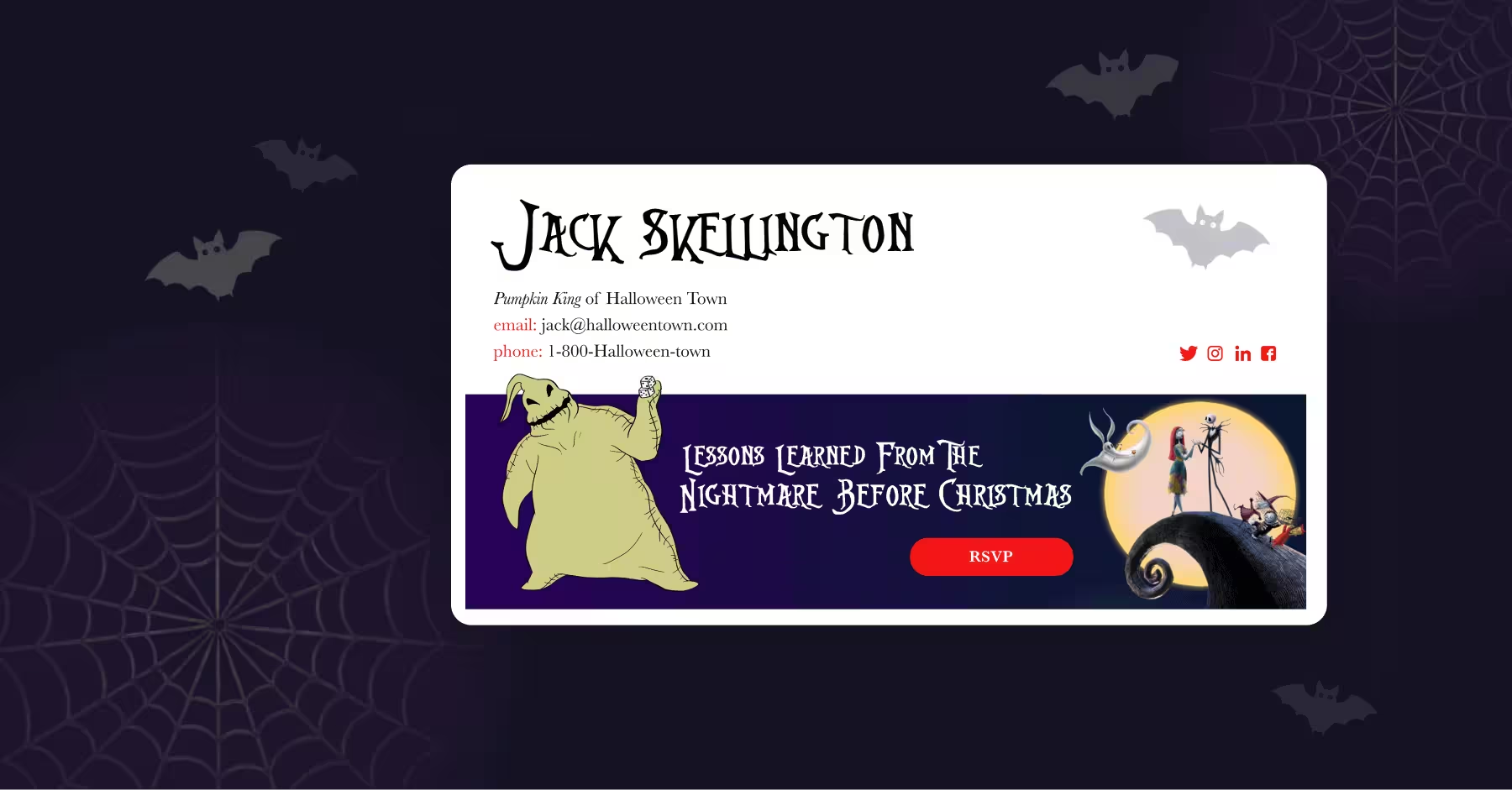
7 Mistakes You're Making with Your Email Signature Marketing
Email signatures are an efficient and economical way to increase brand awareness. As long as you're sending out emails, why not give recipients a simple way to check out your website or get a demo of your products? Email signatures offer a great way to deliver highly relevant, highly personalized content to your target audiences, and when done right, they can be one of the most important pieces of your overall marketing strategy. It seems simple; however, it's easy to make certain mistakes that undermine the advantages of email signature marketing.
Here are seven common email signature mistakes to avoid.
1. Not Including a Call-to-Action
Many email signatures contain only a name and link with no call-to-action. Most people aren't going to click on a link simply because it's there. You need to give them a compelling reason to want to find out more. Mention a key benefit that readers will get from clicking on your link and what they will find on the other side, such as downloading an ebook or attending a webinar to learn something new and valuable about a relevant topic.
2. Not Linking to Social Media
It's typical to connect your email signature to your website or perhaps a sales or product page. While that's a valid strategy, the email signature is a great place to showcase one or more of your social media properties. It's easy to place social media icons for sites such as Facebook, Twitter, Instagram, and LinkedIn under your regular email signature. Keep in mind, however, that you want to link to social media profiles that are active and relevant to your audience.
3. Not Branding Your Email Signature
An email signature should be more than simply a text link. You can include a logo and tagline and choose the appropriate colors and design. You want to establish brand consistency across platforms -- website, social media pages, email signature, and any other sites or properties. Brand alignment is especially important when creating your email signature. For example, if you change your logo make sure this is reflected in your signature. It's important that everyone in your business is on the same page and stays brand consistent with their email signatures.
4. Not Updating Outdated Promotions
If someone clicks on a link in your email signature and finds an outdated promotion, an event that's already over, or, even worse, a 404 error (a page that's no longer active), it does real harm to your brand. Not only will you not get any benefit when someone reaches such a page, but it shows a lack of professionalism. It is important to regularly monitor your company email signatures and check the links. Whenever you create new products or plan a new promotion or event you want to publicize, make sure your email signature is updated to include the new information.
5. Not Optimizing For Mobile
More than half of emails are now opened on mobile devices. This stat means that optimizing for mobile is no longer just a nice to have, but it's critical for your business. Mobile optimization should be done for your email messages, as well as your email signatures - and doing one does not always mean both are covered. Create your email signature with mobile users in mind. If too much information is on a single line, it can be hard to read on small mobile screens. It best to separate information on multiple lines. It's also best to not force the reader to scroll multiple pages to get to the bottom of your signature - keep it simple. This also means to keep images small so they can be seen on smaller screens and don't take too long to load. Make sure you test your email signature on various devices as well.
6. Not Including Only Relevant Info (TMI)
Once people understand how valuable email signatures can be, they sometimes get excited and try to include every imaginable detail about themselves and their business. TMI (too much info) is rarely a good thing, and this is true with your email signature! What's the most important information to include? For example, if you take orders via phone, it's a good idea to include a business phone number. Otherwise, it's best to leave it out. Keep in mind that once someone reaches your website, sales page, or another page (e.g. Facebook page or product page), he or she can then access any other necessary details. You don't need to tell them everything in your signature.
7. Not Customizing Your Email Signatures For Every Message
The same email signature isn't ideal for every message. By customizing your signatures, you can get far greater value out of them. For example, there's no point in sending customers who've already bought a certain product to a sales page for that same product. You might direct them to a related or more advanced product. If you have customers in multiple niches, you want to send them all to the most appropriate pages. There are tons of opportunities to customize your email signatures based on the specific customer, where they are in the buying cycle, and what your current marketing objectives and plans include.
When used properly, email signatures can be a powerful way to get more out of every email you send. If you want to learn more about customizing your company email signatures, let's set up a demo!


.svg)



.svg)



